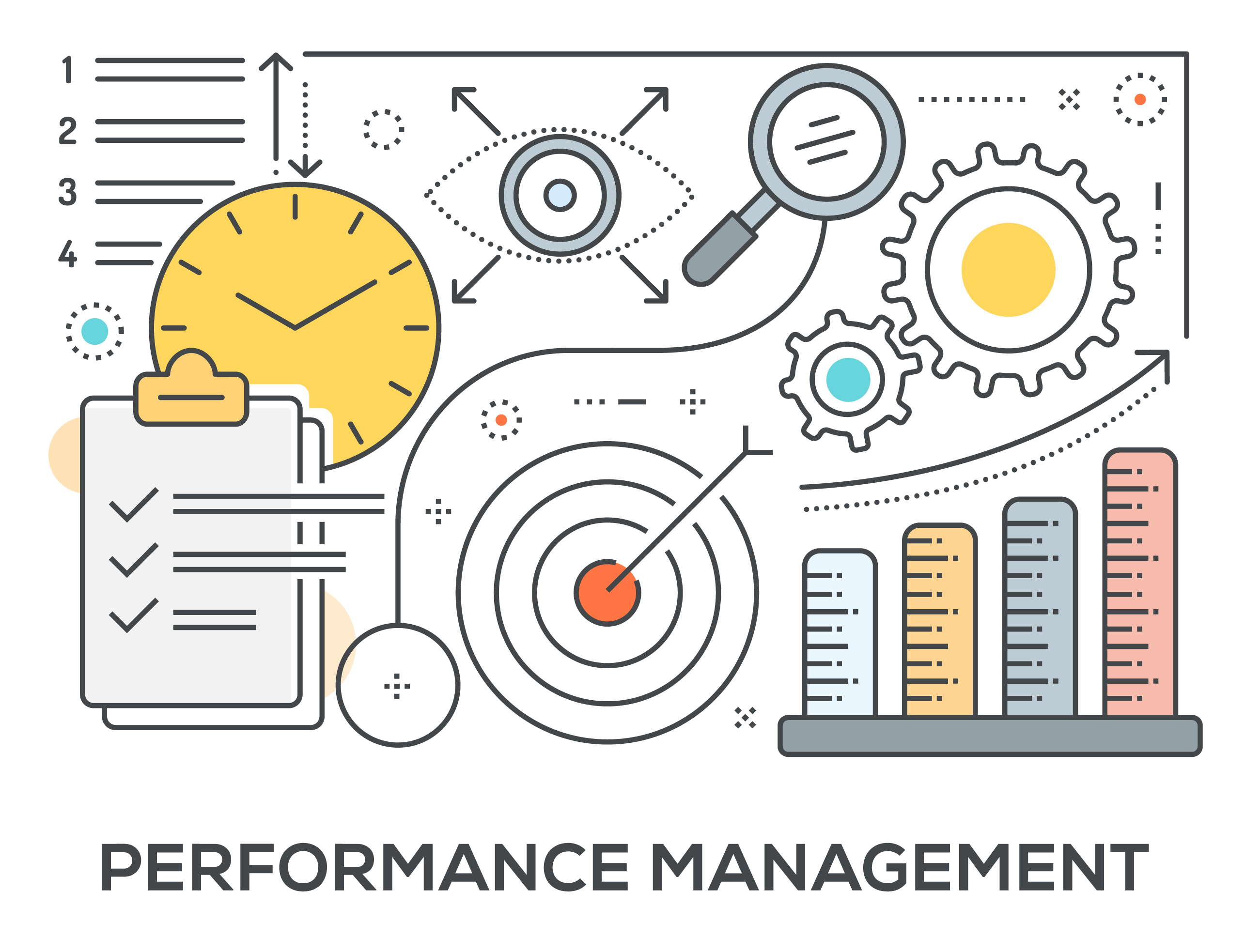Though it may seem like a daunting task, determining the right performance metrics for your business typically starts with a basic but crucial question: “What is the purpose of the company?” says Dave Donnan, president of Silvertip Management.
An entrepreneur should start by creating a mission statement that defines a company’s business, its objectives, and its approach to reach those objectives, he says. It should be well articulated and help simplify otherwise challenging decisions by enabling focus and prioritization of resources, providing transparency on what a company will and won’t do, establishing guardrails for investment opportunities, enabling consistency within external communications to customers and investors, and defining a sense of purpose for employees.
Donnan cites as an example, Apple’s mission: “Apple is committed to bringing the best personal computing experience to students, educators, creative professionals, and consumers around the world through its innovative hardware, software, and Internet offerings.”
Also important is a company’s vision statement, which describes the desired future position of the company, says Donnan. Apple’s vision statement is: “We believe that we are on the face of the earth to make great products and that’s not changing.”
Establish OGSM
Once mission and vision statements have been set, a company should establish its OGSM.
“Objectives, goals, strategies, and measures are the four components that take your vision and purpose to executable, tangible things,” says Donnan.
A company’s objectives should express in words what needs to be achieved, he explains. “They might be objectives around quality or sales growth or profitability, he says. An example is “maintain share leadership while delivering profitable growth.”
Goals should express in numbers and dates progress toward objectives, he says. “Your goals, for instance, might be to hit $10 million in sales or $3 million dollars in profits” by a certain date.
Strategies should express in words the individual initiatives to achieve the goals, while measures, expressed in numbers and words, are clear metrics to evaluate success, according to Donnan who provides as example reducing manufacturing costs from $100 per ton to $80 per ton.
When it comes to determining measures, it’s important to have a mix of both leading and lagging indicators, Donnan says.
“Measures like sales, volume, costs, and profit are all lagging indicators and they measure the outcomes that were achieved,” he explains. “Leading indicators such as competitive activity, commodity prices, and consumer sentiment are used to give a prediction of what will happen to the market and to adjust strategies. They are more difficult to measure and interpret, but helpful to know when things are changing.”
Companies should visit their OGSM periodically to see if any strategies need adjusting, advises Donnan.
“Sometimes the environment changes with new customers, new competitors, shifts in demand, or supply chain disruptions,” he says. “While the mission and vision stay intact, the strategies to get there may need to change. Sometimes if the change is significant the goals may change as well. For example, if a price war occurs and the objective on maintaining pricing is no longer valid, the goal and strategy may need to be adjusted.”
Related: SFA Blog: How's Your Brand? Check Out Maker Prep; SFA Learning Center Resource: Financial Practice.

